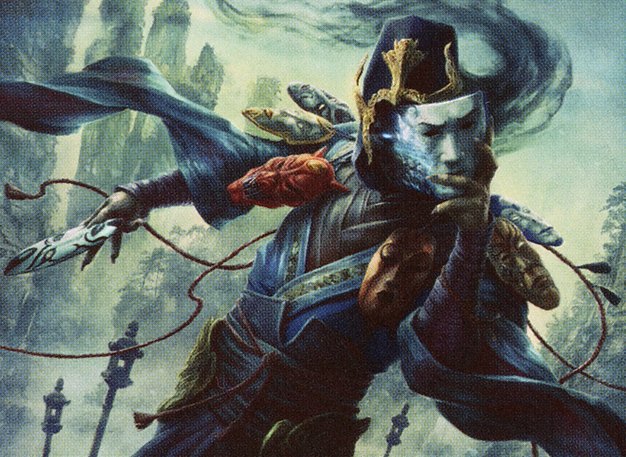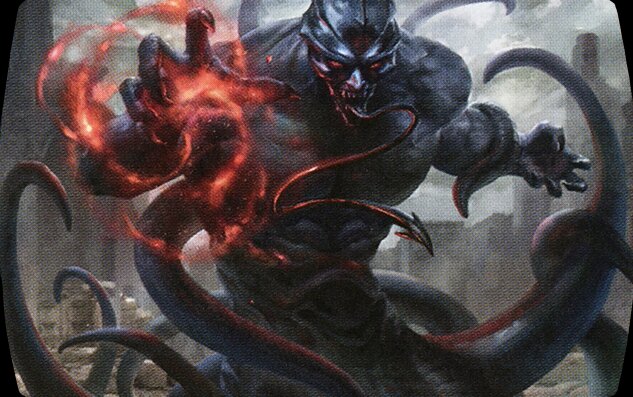Deck & Commander Strategies

Aminatou, the Fateshifter
Utilizes flicker effects to generate value from enter-the-battlefield triggers and manipulate the top of the library, aiming to control the game tempo and out-value opponents until a decisive advantage can be established.


Sakashima of a Thousand Faces / Tevesh Szat, Doom of Fools
Sakashima focuses on copying key creatures to create multiple threats, while Tevesh Szat provides powerful spell-based control and direct damage, combining to disrupt opponents and establish board dominance.
Gameplay Insights
- 1
Aminatou’s flicker ability was pivotal for repeatedly activating enter-the-battlefield effects to maintain board presence and value.
- 2
Sakashima’s ability to copy creatures created multiple threats that pressured Aminatou’s defenses and forced difficult decisions.
- 3
Tevesh Szat’s spell control helped limit Aminatou’s options and kept the game tempo favorable for the Sakashima/Tevesh player.
- 4
Careful timing of flicker and clone effects was crucial for both players to maximize their board impact and respond to threats effectively.
Notable Cards
-

Aminatou, the Fateshifter
-

Sakashima of a Thousand Faces
-

Tevesh Szat, Doom of Fools
Gameplay Summary
The Duel Commander match showcased a clash between Aminatou, the Fateshifter, and the combined Sakashima of a Thousand Faces/Tevesh Szat, Doom of Fools deck.
The game began with both players developing their board states cautiously, with Aminatou focusing on leveraging her flicker and value-generating abilities while the Sakashima/Tevesh player aimed to utilize clone effects and Tevesh’s potent spell-based control elements.
As the game progressed, key turning points included strategic flickering of powerful permanents by Aminatou to outvalue the opponent and the Sakashima player using copying effects to create multiple threats and disrupt Aminatou’s board presence.
The Tevesh player also applied pressure through direct damage and disruption spells, attempting to control the pace and force Aminatou into defensive plays.
Ultimately, the game revolved around board control, incremental advantage, and well-timed interactions, with each player leveraging their commander’s unique abilities to push towards their win condition.

























